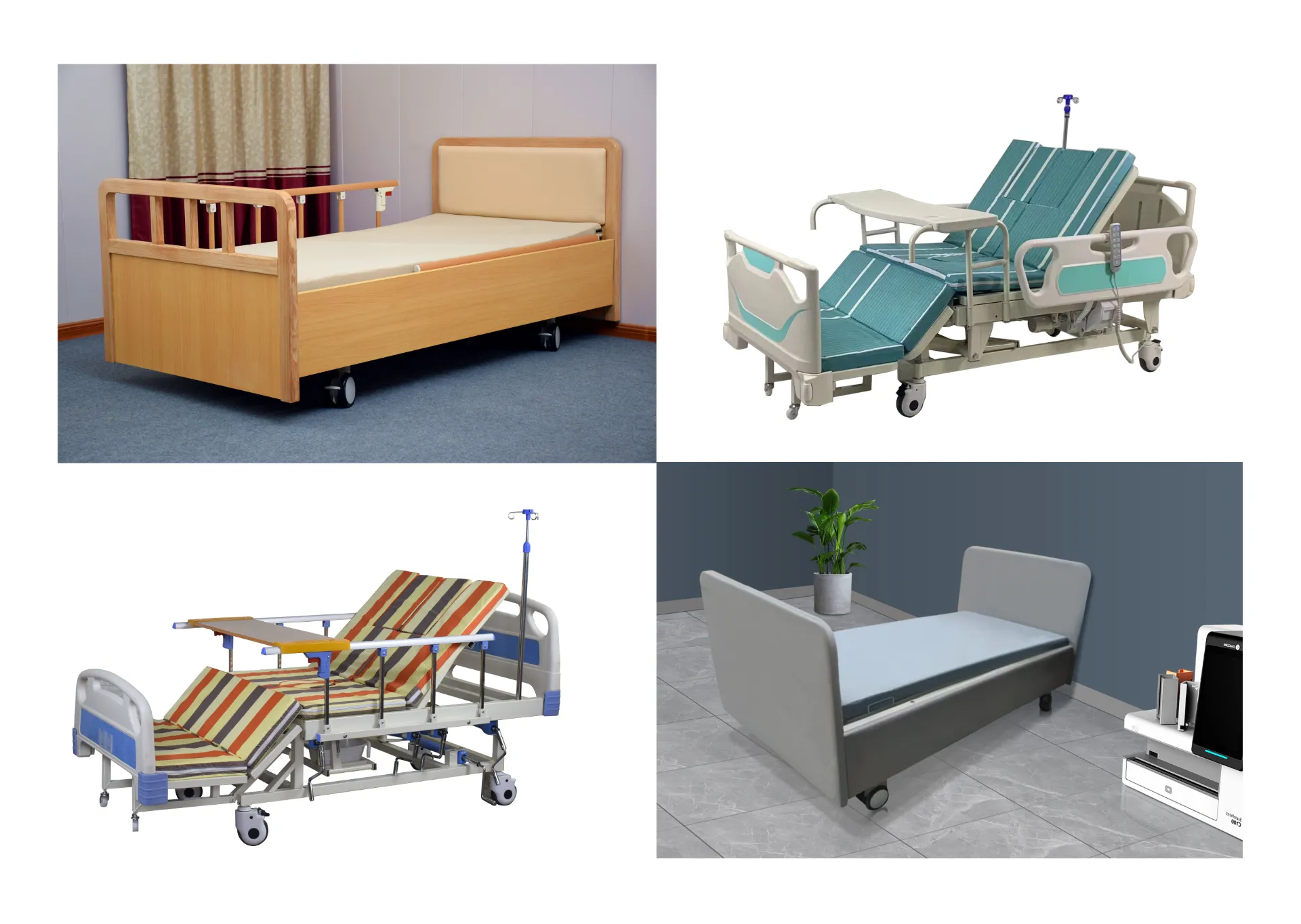Welcome to our websites!
Innovative Solutions for Enhancing Nursing Bed Comfort and Care Efficiency
The Importance of Nursing Beds in Healthcare
In modern healthcare, ensuring the comfort and well-being of patients is paramount. One significant contributor to patient comfort is the nursing bed, a specialized piece of equipment designed to meet the needs of individuals who require long-term care or rehabilitation. Whether in a hospital, nursing home, or home healthcare setting, nursing beds play a critical role in enhancing patient care and improving overall health outcomes.
Design and Functionality
Nursing beds are specifically designed to provide support and facilitate the care of patients with varying degrees of mobility and medical needs. Unlike standard hospital beds, these beds often feature adjustable height settings, allowing caregivers to easily access patients without straining their backs. This adjustability not only ensures comfort for the patient but also helps to reduce the risk of injury for healthcare providers.
Additionally, many nursing beds come with side rails that can be raised or lowered for patient safety. These rails prevent falls, especially for those who may be disoriented or have limited mobility. Some advanced models are equipped with pressure relief mattresses that help prevent the development of bed sores, a common issue for individuals who spend prolonged periods in bed. These mattresses distribute weight evenly and reduce pressure on vulnerable areas of the body.
Enhancing Patient Comfort
Comfort is a vital component of patient recovery, and nursing beds are designed with this in mind. Features such as adjustable head and foot sections allow patients to find the most comfortable position, whether they are resting, reading, or watching television. This versatility can significantly enhance the patient’s experience, making their stay more pleasant and less stressful.
Moreover, many nursing beds come with built-in support for necessary medical equipment
. For instance, some models can accommodate IV poles, feeding tubes, and other medical devices, making it easier for healthcare professionals to deliver treatment without moving the patient excessively. This logistical convenience supports continuity of care, which is crucial for recovery.nursing bed

Improving Caregiver Efficiency
Nursing beds not only benefit patients but also streamline the workflow for caregivers. The ease of adjusting bed positions and the ability to quickly secure patients with side rails simplifies the caregiving process. This efficiency is particularly essential in environments where staff is limited, such as in some nursing homes or during times of increased patient influx.
Training caregivers on how to properly use nursing beds is also vital. Familiarity with the bed’s features ensures that healthcare providers can respond to patient needs quickly and effectively, enhancing both patient safety and satisfaction.
The Role of Technology
Innovation has driven significant improvements in nursing bed design over the years. Modern nursing beds now incorporate advanced technologies such as remote controls, sensors for patient movement, and even integration with digital health monitoring systems. These technological advancements enable caregivers to monitor patients’ vital signs and adjust the bed's position with minimal disturbance to the patient.
Furthermore, some nursing beds feature built-in communication systems that allow patients to easily call for assistance if needed. Such systems enhance patient autonomy and can significantly improve the quality of care, leading to better health outcomes.
Conclusion
In summary, nursing beds are a vital component of patient care in various healthcare settings. By prioritizing patient comfort, enhancing caregiver efficiency, and incorporating modern technology, these beds support the delivery of high-quality healthcare. As the demand for long-term care increases, investing in quality nursing beds will become increasingly essential for healthcare providers aiming to improve patient experiences and outcomes. Ultimately, the thoughtful design and functionality of nursing beds not only bridge the gap between comfort and care but also pave the way for a more compassionate healthcare system.
-
Transforming Healthcare with Hospital FurnitureNewsJun.24,2025
-
Rehabilitation EquipmentNewsJun.24,2025
-
Mobility and Independence with WheelchairsNewsJun.24,2025
-
Freedom of Mobility with Our Rollator WalkersNewsJun.24,2025
-
Comfort and Independence with Commode ChairsNewsJun.24,2025
-
Bathing Safety and Independence with Shower ChairsNewsJun.24,2025
-
Navigating the Wholesale Landscape of Electric Mobility Solutions: Key Considerations for Power Wheelchair DealersNewsJun.10,2025











